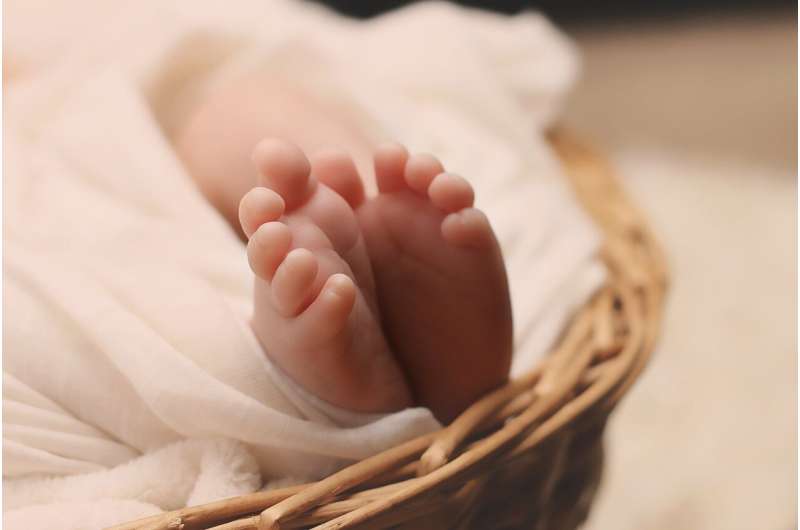Global Strategies to Address Osteoporosis Treatment Gaps and Improve Bone Health Outcomes

The IOF's latest Position Paper highlights critical barriers to osteoporosis care worldwide and advocates for a risk-based approach to improve access to treatment, aiming to reduce fractures and improve bone health outcomes globally.
The International Osteoporosis Foundation (IOF) has released a comprehensive Position Paper highlighting significant barriers to effective osteoporosis management worldwide and proposing strategic solutions to close the gap in care. Published in the journal Osteoporosis International, this key document underscores that osteoporosis affects approximately 500 million individuals globally, with about one-third of women and one-fifth of men over the age of 50 experiencing fractures related to the disease during their lifetime.
Despite advancements over the past fifty years in assessing and treating osteoporosis, many high-risk patients still lack access to necessary care, leading to preventable fractures and associated morbidities. Professor Eugene McCloskey from the University of Sheffield emphasizes that osteoporosis is a manageable condition; however, inequities in resources and outdated diagnostic criteria hinder optimal care delivery, especially in under-resourced regions.
The Position Paper, endorsed by more than 85 organizations worldwide, identifies critical challenges such as limited availability of bone density scans (DXA), reliance on outdated treatment thresholds based solely on bone mineral density (BMD), and confusion between diagnostic versus intervention criteria. It advocates for a paradigm shift to recognize 'high fracture risk'—assessed through clinical risk factors with or without BMD—as a valid basis for initiating treatment and reimbursement, regardless of DXA scan accessibility.
While DXA scans remain valuable for detailed assessment and monitoring, decoupling treatment eligibility from BMD measurements could facilitate more equitable access to therapies. The paper proposes adopting a risk-based approach using a combination of clinical risk factors and BMD where available, emphasizing the importance of recognizing fracture history as a key indicator for treatment.
Key messages include the variability in access to bone health management across regions, confusion stemming from existing thresholds, and the need for a global shift toward individualized fracture risk assessment. Implementing recognition of a 'high fracture risk' category for treatment reimbursement is crucial. The IOF urges global health authorities and the WHO to support this reform and make osteoporosis care more equitable.
Professor Nicholas Harvey, IOF President, stresses that addressing this issue requires global advocacy, policy updates, and commitment to modern risk assessment strategies to prevent osteoporotic fractures effectively. Ultimately, enhancing access and redefining treatment criteria could significantly reduce the worldwide burden of osteoporosis-related fractures.
Stay Updated with Mia's Feed
Get the latest health & wellness insights delivered straight to your inbox.
Related Articles
Increased Risk of Gestational Diabetes Linked to Artificially Sweetened Beverages During Pregnancy
Consuming five or more artificially sweetened beverages weekly before and during pregnancy may increase the risk of gestational diabetes, according to recent research. Learn more about the potential pregnancy health risks associated with low-calorie sweeteners.
Genetic and Molecular Insights into a Rare Lung Cancer Offer Potential Treatment Avenues
A groundbreaking study offers new molecular insights into large cell neuroendocrine carcinoma of the lung, paving the way for targeted therapies and improved patient outcomes.
New Type of Neonatal Diabetes Identified in Babies
Researchers have identified a new genetic form of diabetes in infants, linked to mutations in the TMEM167A gene, offering new insights into insulin production and potential treatments.
Unveiling the Hidden Complexity of Blood Cancer for Improved Treatments
New research uncovers the complex heterogeneity of mantle cell lymphoma, highlighting the need for personalized treatment strategies to improve outcomes and prevent relapse.



